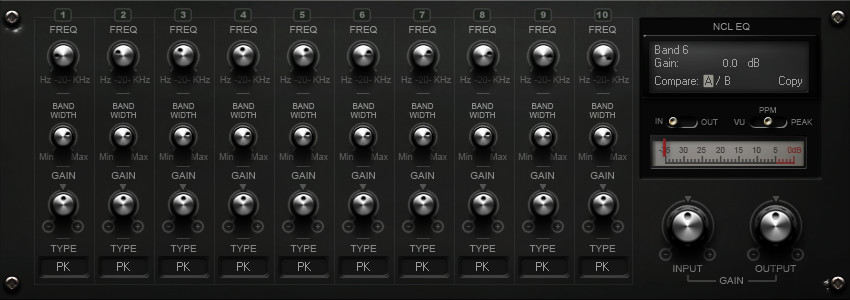
The opposite is true for a low-pass filter, which gets rid of the highs. In other words it lets you eliminate the lows. A high-pass filter is a specific type of gain cut that removes all frequencies below a certain point. Most of the time EQs will include what are known as high- and low-pass filters. OK, there are one or two more things to bear in mind. Again, instruments such as bass drums are down low, violins up high, the human voice somewhere in the middle. This range is known as the frequency spectrum. Dogs, obviously, can hear much higher, but since they aren’t great music fans the 20-20,000 range is what you’ll see on most EQ displays. Humans can hear only a certain range of frequencies, from as low as 20Hz to as high as about 20,000. This is very useful for elements such as vocals or stringsįrequencies are measured in Hertz (Hz), named for Heinrich Rudolf Hertz, who was the first to identify electromagnetic waves. Any and all frequencies under about 700Hz will be cut. You’d be hard-pressed to find a music session that didn’t have some EQ in it somewhere.Ī high-pass filter.

#Paragraphic eq full
In a full song where you have any number of different sounds, all with their own frequencies, this is an exceedingly important technique. You can also cut that bass, or remove some of the high frequencies so things don’t get too sharp. You can make the bass louder, the highs higher.

Marantz 2245 Stereo Receiver featuring bass, mid and treble controls For audio production though, a two-way control generally isn’t enough. A simple ‘bass’ and ‘treble’ knob might be included to change the level of low (bass) and high (treble) frequencies. You may find an equalizer in it’s most basic form on a hi-fi system or car stereo. An equalizer is the tool that will let you put this into action. To put it slightly less simply, equalization lets you boost (accentuate) or reduce (attenuate) the levels of certain frequencies in your audio. If you want to use EQ for mixing or editing however, that may be a little too simple. To put it VERY simply – equalization means changing the levels of certain audio frequencies, and an equalizer is a very clever volume knob. In this short read, you’ll find out what equalization and equalizers are, what the main types of EQ are and what all of the settings on an equalizer are for. It’s also one of the most important aspects of mixing audio. Understanding EQ is not as difficult as it may seem.


 0 kommentar(er)
0 kommentar(er)
